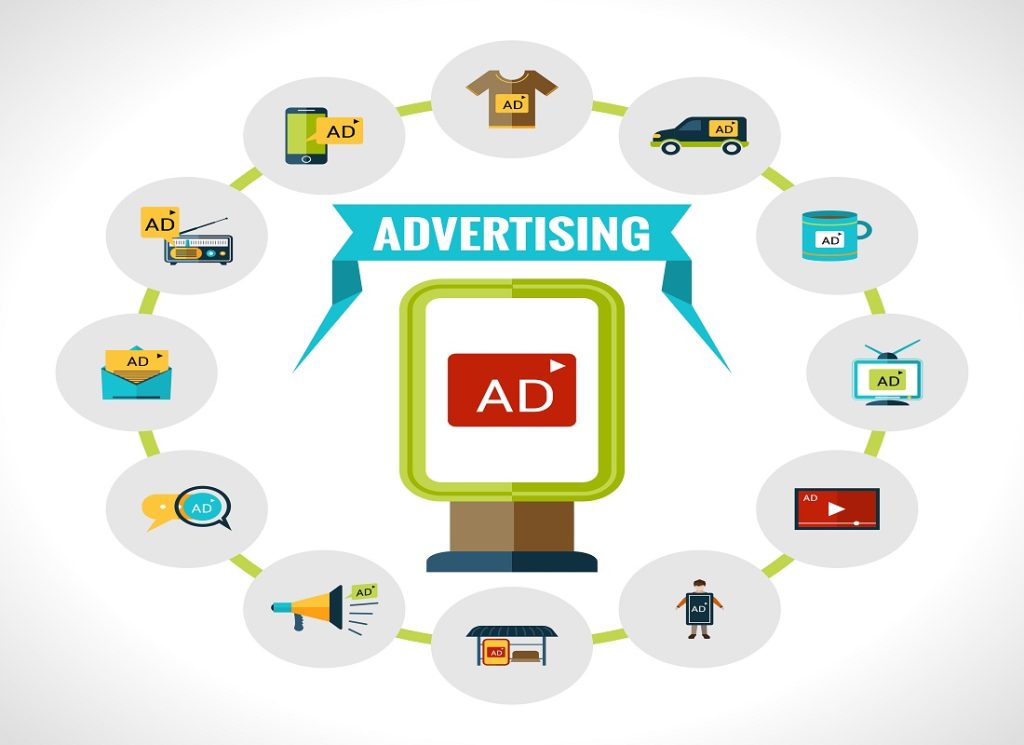
In the dynamic landscape of business, three terms often entwine and yet each carries a distinct significance: marketing, advertising, and branding. To comprehend their roles and unravel the tapestry they weave, let’s embark on a journey into the depths of these concepts and explore how they contribute to the triumph of businesses.
Understanding Marketing: The Symphony of Strategy
Marketing is more than just selling; it’s a comprehensive strategy that orchestrates various activities to foster connections between products or services and their intended audiences. Imagine marketing as the conductor of a symphony. It orchestrates an array of instruments to create a harmonious composition. In this analogy, the instruments represent different aspects of marketing such as market research, product development, pricing, distribution, and customer engagement.
The primary objective of marketing is to align the product’s features with customer needs while achieving overarching business goals. Market research helps to understand the audience’s preferences, product development tailors solutions to these needs, pricing strategies are fine-tuned for market positioning, and distribution channels are chosen to ensure accessibility. Marketing, as the conductor, ensures that all these components work in harmony to create a seamless customer experience.
Key Takeaways:
- Marketing is the symphony of strategy that aligns product offerings with customer needs.
- It coordinates activities like market research, product development, pricing, and distribution.
The Craft of Advertising: Captivating Attention
Advertising, a subset of marketing, takes center stage to captivate the audience’s attention and convey messages that prompt action. Visualize advertising as a skilled soloist within the orchestra. While the conductor sets the direction, the soloist takes the spotlight, delivering captivating performances that resonate with the listeners. Advertising operates similarly by crafting messages that resonate with the audience and drive them towards a desired action, such as making a purchase.

Advertising concept with outdoor billboard with ad and marketing icons set vector illustration The channels through which advertising operates, such as television, radio, digital media, and print, are akin to the instruments a soloist employs for a captivating performance. Just as a skilled soloist captures the audience’s emotions, advertising uses compelling content to evoke emotions and create a memorable connection between the audience and the brand.
Key Takeaways:
- Advertising is the captivating soloist that compels the audience to take action.
- It crafts persuasive messages using various platforms like television, digital media, and print.
Branding: Forging an Emotional Identity
Branding goes beyond the tangible and ventures into the realm of emotions and perceptions. If marketing is the conductor and advertising the soloist, then branding is the orchestra itself—an ensemble of elements that together create a distinct and memorable identity for a business. Branding involves crafting visual elements like logos, colors, and design aesthetics, but it also encompasses the emotional connection a brand establishes with its audience.
Branding’s role is to ensure consistency and cohesiveness across all interactions, much like an orchestra maintaining harmony among its instruments. It forges an emotional bond, evoking feelings and associations whenever the brand is encountered. Just as an orchestra’s music lingers, branding ensures that the brand’s identity remains etched in the minds and hearts of consumers.

Key Takeaways:
- Branding is the orchestra of identity, encompassing visual and emotional elements.
- It ensures consistency and fosters an emotional bond with consumers.
Synergy in Action: How They Collaborate
Imagine the business landscape as a grand performance hall, where marketing, advertising, and branding each have their distinct roles to play. Marketing sets the stage, identifying the target audience, and understanding their needs. Advertising steps onto the spotlight, conveying tailored messages to engage and intrigue. Branding, like the harmonious symphony, ensures that these messages align seamlessly with the brand’s identity.
In this orchestration, marketing is the composer, crafting the symphony’s structure; advertising is the virtuoso, captivating the audience’s attention; and branding is the conductor, guiding the emotional undertones. When these elements work in synergy, they create a performance that resonates with the audience and leaves a lasting impression.
Key Takeaways:
- Marketing, advertising, and branding collaborate to create a comprehensive and effective strategy.
- Branding ensures that advertising efforts harmonize with the brand’s identity.
| Aspect | Marketing | Advertising | Branding |
| Focus | Comprehensive strategy | Communication | Identity creation |
| Scope | Wide-ranging activities | Specific message | Overall perception |
| Objective | Customer satisfaction and | Raise awareness, | Building emotional |
| business goals alignment | generate interest, | connection and trust | |
| prompt action | |||
| Components | Market research, product | Messages through | Visual identity, |
| development, pricing, | various channels | emotional associations | |
| distribution, communication | |||
| Time Scale | Long-term relationships | Short-term engagement | Long-lasting impression |
| Approach | Holistic and strategic | Focused and tactical | Holistic and emotional |
| Interaction | Builds relationships | Communicates messages | Forges emotional bonds |
| Goal | Value creation for both | Prompt action and | Instills trust, loyalty, |
| customers and company | awareness | and differentiation | |
| Impact | Shapes customer preferences | Captivates attention | Leaves memorable imprint |
| and loyalty | and evokes emotions |
Understanding these differences helps in crafting a well-rounded business strategy that utilizes the strengths of each element to create a comprehensive and effective approach.
Marketing, as a comprehensive strategy, encompasses a wide array of activities that extend beyond the realm of sales. It’s about aligning customer satisfaction with overarching business objectives. This involves conducting thorough market research, developing products that cater to customer needs, strategically pricing them, selecting the right distribution channels, and establishing effective communication methods. Marketing operates on a long-term basis, fostering relationships and ensuring a holistic approach that benefits both customers and the company.
Advertising, on the other hand, is the art of communication. It delivers targeted messages across various platforms to raise awareness, pique interest, and induce action. Unlike marketing’s comprehensive approach, advertising is tactical and momentary, capturing attention and generating short-term engagement. Its purpose is to create a bridge between the product and the potential customer, utilizing compelling narratives and visuals to resonate emotionally and prompt specific actions.
Branding ventures beyond tangible elements, focusing on identity and emotional resonance. It crafts a unique identity through visual elements like logos and color schemes, but its impact extends into the realm of emotions and associations. A powerful brand not only differentiates a business in a competitive landscape but also creates an enduring emotional connection. Trust, loyalty, and consistent perception are the cornerstones of branding, making it a vital long-term strategy.
In essence, marketing provides the strategic foundation, advertising acts as the intermediary communicator, and branding creates a lasting emotional impression. Together, they form a symbiotic triad that, when understood and utilized effectively, enables businesses to navigate the complex landscape of consumer engagement, differentiation, and sustained success. This understanding empowers businesses to craft strategies that resonate with their target audience, leaving a profound impact on both short-term conversions and long-term brand loyalty.

In Conclusion: The Harmonious Ensemble of Success
In the vast expanse of business, marketing, advertising, and branding are the notes, melodies, and harmonies that compose the symphony of success. Each element plays its crucial role, converging to create a masterpiece that reverberates with audiences.
Imagine marketing as the composer, advertising as the soloist, and branding as the conductor. When orchestrated cohesively, they create a symphony that leaves an indelible mark in the minds of consumers, ensuring that businesses stand out in the competitive crescendo of the market.
By understanding the distinctions and interplay among marketing, advertising, and branding, businesses can compose their unique symphony of success—one that captivates, engages, and resonates, ensuring a standing ovation in the marketplace.

Started working as a digital marketing expert, Varun Sharma is now also a well-known digital marketing speaker – a speaker on performance development, and a trusted mentor to businesses in the digital world. His keynote expositions are based on the digital marketing theories, which provide a fascinating insight into the secrets of high performance.

